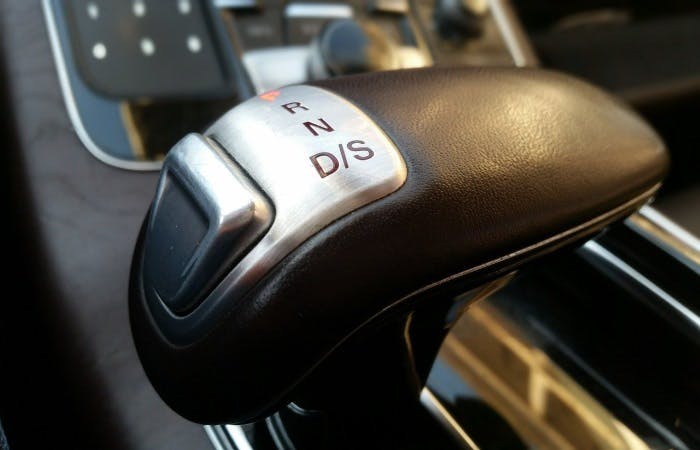
When it comes to picking out a new car or deciding what kind of vehicle you want to learn in, there are many options to consider. How big do you want it to be? Who are the manufacturers you trust? Which shade of red perfectly reflects your passionate yet sensible personality? But before you get carried away with all that fun stuff, the first question to ask yourself is: manual or automatic?
The Difference
When people talk about 'manual' and 'automatic' they are referring to the kind of transmission a car uses. The transmission connects to a car's engine and controls the distribution of speed and power. Not exactly riveting stuff, we know, but stay with us, because the option you pick can make a big difference.
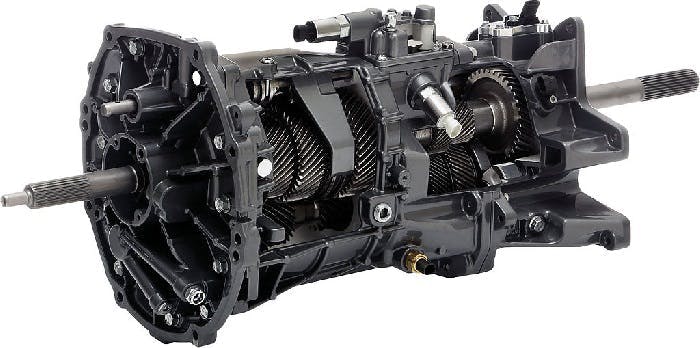
Manual
In a manual, the driver uses the clutch to select the correct gear and connect the transmission to the engine. In most manual cars the gears range from 1 to 5. First gear is used at minimum speeds, while fifth gear is suitable when the car is driving at high speed.
Automatic
Automatic cars mainly use what's called a torque converter, though other forms of automatic transmission are becoming popular. These systems select the gears for you, meaning you don't need to use a clutch. The gear shift on automatic cars provides the following options: P (Park), R (Reverse), N (Neutral), D (Drive) and, in some models, S (Sport). Some automatics also have a slot labelled L (Low), which allows you to keep the car in the lower gears.
The Driving Experience
Manual
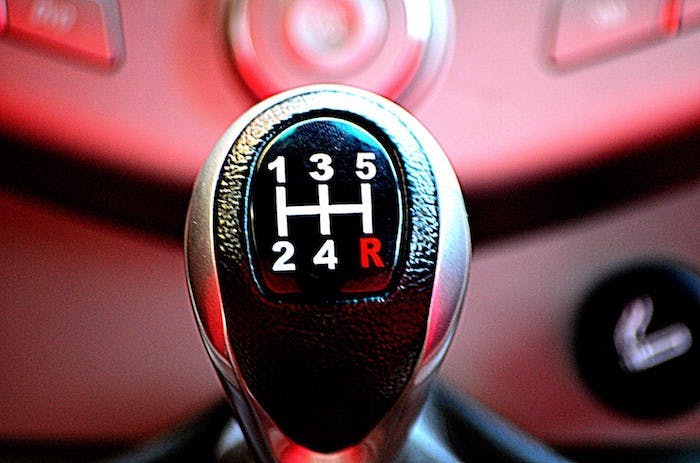
- If you pass your test in a manual car, you are legally allowed to drive an automatic vehicle as well. This means no further tests and more options in the future.
- You have a lot of control over the vehicle, creating a more interactive driving experience that many drivers enjoy.
- Getting used to using all of your limbs separately and nailing that clutch control can be tricky.
- If you get stuck in traffic there can be a lot of stopping and starting. These scenarios require frequent clutch control and can be quite frustrating (not to mention tiring for your feet!).
Automatic
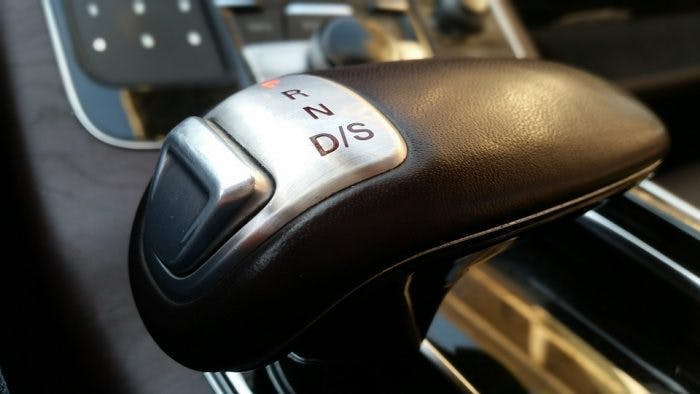
- Automatics are easier to drive because you don't need to learn clutch control or how to select the right gear. Thus the training process is quicker, shortening the amount of time it takes to get your licence. This is particularly useful when test wait times are so long.
- It's much harder to stall in an automatic car, even if you're pulling away uphill—it only happens if you drive in the opposite direction of the car's gear.
- Hilly countryside drives and crawling in heavy traffic are both made easier by the fact that you don't need to work the clutch to switch gears.
- Your licence doesn't cover manual vehicles. So, if you find yourself wanting or needing to drive a manual car, you would need to take another test.
- You don't have as much control over the driving process, meaning you can get distracted on long drives and the overall experience may not be as rewarding.
Costs
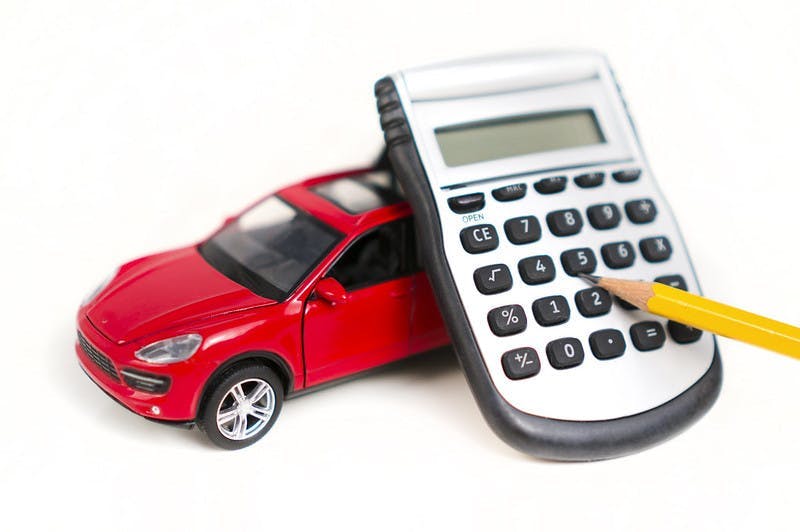
Let's face it, when we get down to the nitty gritty, most people's main concern is: which one is going to be more expensive?
Well, generally speaking, manual cars are cheaper to buy and more fuel efficient. You also need to consider the fact that automatic cars are not as common in the UK. New parts may therefore be pricey and tricky to get hold of.
On the other hand, automatic cars are increasingly popular, which means that some of these issues will soon be resolved. Demand for new parts is already rising and new, more fuel efficient vehicles are entering the market. Take, for instance, semi-automatic cars. These models may be perfect for you if you're really struggling to decide between manual and automatic. Semi-automatic transmissions put the driver back in control of gear changes, but without the need to use a clutch. This enables drivers to feel more connected to the mechanisms of the car, without having to worry about all that footwork.
Now, we're not exactly your local neighbourhood mechanic, so we'll keep it brief on how this magic happens. Basically, electronic sensors are employed to detect gear changes made by the driver and these sensors send that information to the engine. The actual gear changes are usually facilitated by an internal clutch or the use of brake fluid.
As you might expect, the downside to these vehicles (which aim to provide the optimum driving experience) is that they come at a higher cost.
Automatic or Manual?
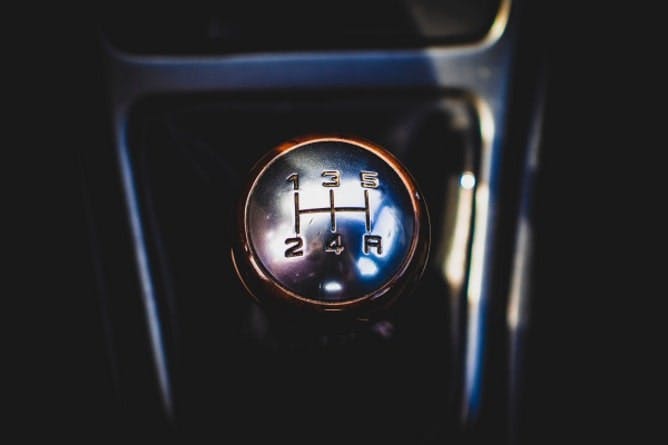
Deciding which car is for you largely boils down to what kind of driver you are or what kind of driver you aim to be. If you're really eager to pass your test quickly and aren't too bothered about the driving process itself, automatic vehicles are a sound choice. They can also ease the burden if you're an anxious driver. Then again, if you want to feel like you could master any motor and you enjoy engaging with the car and really taking control of the drive, a manual is a must.
Most of us probably fall in between these two groups, and that's OK. While it's an important decision, picking between manual or automatic is unlikely to change your life. It also won't massively affect your future driving prospects, so try not to fret over the choice. You could even test drive both options to get a feel for what they bring to the road.
The most important thing is that you are a safe and confident driver, no matter the vehicle you choose.
Not sure how many hours of driving lessons you require? Give PassMeFast's course recommender a quick go—it'll match you up with your ideal driving course!
Elsewhere on our blog, we've already covered the reasons why intensive driving courses work.
So, if you're ready to take the first step in your driving journey, contact PassMeFast today on 0333 123 4949 and we can set you up with one of our male or female instructors. Manual or automatic—we've got you covered!
Automatic vs. Manual FAQs
Are electric cars automatic or manual?
With a few rare exceptions, electric vehicles have automatic gearboxes because an electric car doesn’t need a clutch to change gears. Instead, they automatically shift gears just like a petrol or diesel automatic car. With the sale of new petrol/diesel vehicles being banned in the UK from 2030, it’s likely that manual cars will become less common.
Do automatic cars use more fuel than manual cars?
In the past, manual cars were generally more fuel efficient than automatic cars, meaning you’d get more miles out of a tank of petrol. With advancing technology and the addition of more gears to automatic cars, there is little to no difference between the two, and some modern automatic cars are actually more fuel efficient. If you like getting your money’s worth, you don’t need to worry about an automatic guzzling more fuel than a manual.
Should I learn to drive an automatic or manual car?
There are pros and cons to both transmissions, so it’s really down to whatever works best for you. Manual driving lessons are usually cheaper—and if you learn to drive in a manual, you’ll be able to drive automatics too. If you want an easier ride, go for an automatic. You won’t need to use a clutch or change gears, so there’s less for you to learn. With the UK banning the sale of new petrol and diesel cars from 2030, automatic driving lessons are becoming more popular.
Can you drive a manual car with an automatic licence?
The big downside of passing your driving test in an automatic car is that you won’t be able to drive a manual—you won’t have learned how to use the clutch or change gears, because automatic cars do it for you. If you’re planning to buy a manual car, you must pass your test in one too. If you pass in an automatic car, you can upgrade your licence by taking another practical driving test in a manual.
Is it easier to learn in a manual or automatic car?
Most people find it easier to learn to drive in an automatic car. This is mainly because an auto takes care of changing gears for you, so you don’t need to get used to use a clutch pedal and gearstick to change gears. With an automatic car, you just put the car into ‘Drive’ and go!
Subscribe for driving advice, offers & more
We'd love to let you know about our courses, news and offers via email. You may unsubscribe at any time.
Star Genie Limited trading as PassMeFast. Company number 10093359
Copyright © 2024 owned by Star Genie Limited
PassMeFast, Blue Tower, MediaCityUK, Salford, M50 2ST

